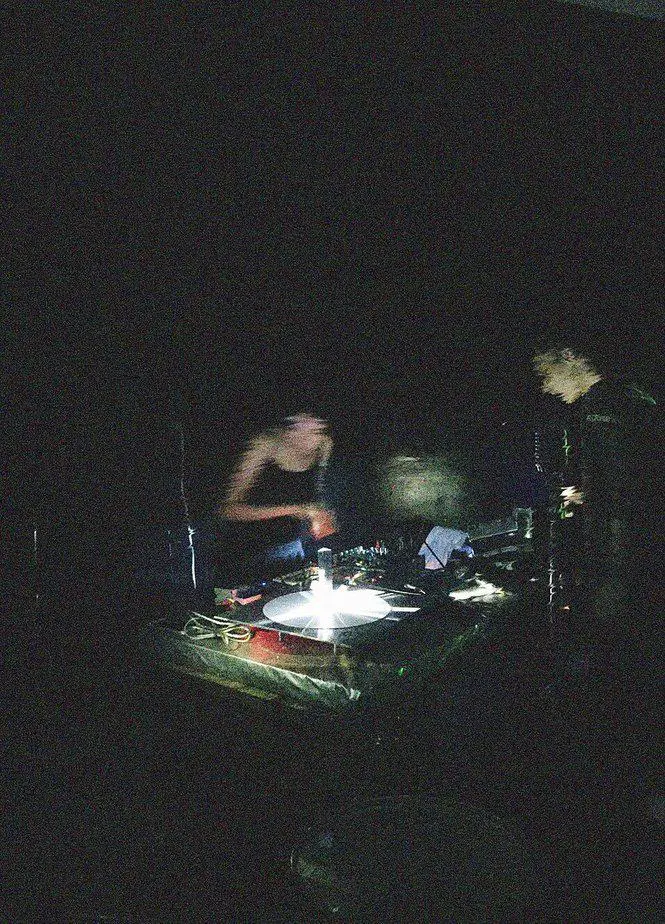“Homing refers to an animal with the ability to return home and a device that has the precision to arrive at a destination,” says Hung. “My work suggests a point of entry, exit, and return, raising the question of how our temporal selves continuously refine and define our ‘home.’” If you’ve ever had a chance to walk the streets of Chinatown more than once, you’ll notice that there is a unique blend of deja vu and intrigue.
“It is very interesting walking from BART towards Chinatown, an experience often accompanied by high-rise winds from time to time due to the high commercial buildings and the lack of areas exposed to sunlight,” says Hung. “But once you arrive in Chinatown, the sensational temperature rises due to sunlight, which also causes crowds to stay. The light is projected on the area’s open spaces in the afternoon. The time when the elderly play chess slowly or early days when young couples sit on benches—it seems that the time and sunshine are prolonged here.”
One full day there and you will have seen three completely different places. A typical morning in Chinatown consists of a lot of fog, eerily empty streets, a few older folks taking their morning walk with their hands tucked behind their backs, and the smell of freshly made Chinese pastries ready to be picked up by the box. Amidst a bustling afternoon in Chinatown, you’ll find that the smell of the markets, the sight of many families coming back home after a long day, and the sound of larger than life chatter amongst older aunties create a sense of comfort and chaos.
Finally, an evening in Chinatown is like watching someone take a deep breath and rest. The district slowly dies down but something in it still feels so alive. You watch the signs dim and doors close, and somehow the neighborhood aura and glow is bright, open, and awake. Hung portrays her sensory experiences from inside and outside of Chinatown through the use of light paths, architectural conditions, and sounds in an immersive installation that completely transforms the Chinese Cultural Center. In the gallery’s four distinct bays, she has equipped each one with the experiences of space, movement, and time. For example, in one of the bays, she exhibits natural light filtered through a lens on to a temperature-sensitive surface that triggers sounds that are specific to the time of day. As you move through the gallery’s bays, you experience a sporadic change in lighting, a variety of timelines, loops, and soundtracks.
Hung Tzu Ni’s hope is to help the audience alter their understanding of time/space and to shift their views on what shapes “home” for them. Homing is presented by the Chinese Culture Center in collaboration with 23Five, with support from Andy Warhol Foundation for the Visual Arts, San Francisco Foundation, Grants for the Arts, Rose Pak Community Fund, Taiwan Academy in Los Angeles, and CCC Contemporaries.
// Homing is on view February 7-May 7, 2020; Tuesdays – Saturdays 10 a.m. – 4 p.m. at Chinese Culture Center, 750 Kearny St., 3rd Floor. Admission to the gallery is free; iitzunii.com.

